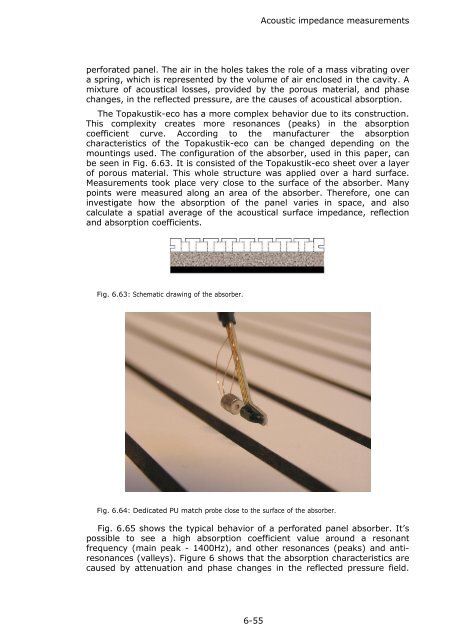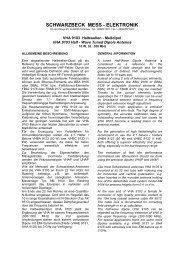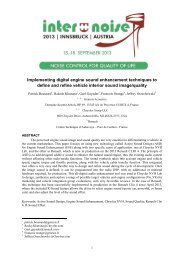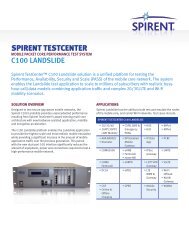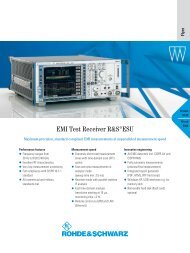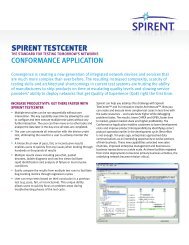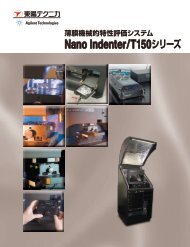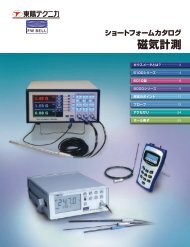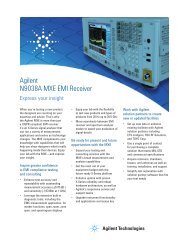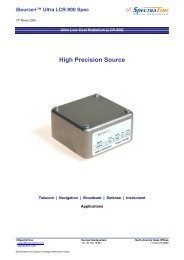Chapter 6: Impedance measurements
Chapter 6: Impedance measurements
Chapter 6: Impedance measurements
You also want an ePaper? Increase the reach of your titles
YUMPU automatically turns print PDFs into web optimized ePapers that Google loves.
Acoustic impedance <strong>measurements</strong><br />
perforated panel. The air in the holes takes the role of a mass vibrating over<br />
a spring, which is represented by the volume of air enclosed in the cavity. A<br />
mixture of acoustical losses, provided by the porous material, and phase<br />
changes, in the reflected pressure, are the causes of acoustical absorption.<br />
The Topakustik-eco has a more complex behavior due to its construction.<br />
This complexity creates more resonances (peaks) in the absorption<br />
coefficient curve. According to the manufacturer the absorption<br />
characteristics of the Topakustik-eco can be changed depending on the<br />
mountings used. The configuration of the absorber, used in this paper, can<br />
be seen in Fig. 6.63. It is consisted of the Topakustik-eco sheet over a layer<br />
of porous material. This whole structure was applied over a hard surface.<br />
Measurements took place very close to the surface of the absorber. Many<br />
points were measured along an area of the absorber. Therefore, one can<br />
investigate how the absorption of the panel varies in space, and also<br />
calculate a spatial average of the acoustical surface impedance, reflection<br />
and absorption coefficients.<br />
Fig. 6.63: Schematic drawing of the absorber.<br />
Fig. 6.64: Dedicated PU match probe close to the surface of the absorber.<br />
Fig. 6.65 shows the typical behavior of a perforated panel absorber. It’s<br />
possible to see a high absorption coefficient value around a resonant<br />
frequency (main peak - 1400Hz), and other resonances (peaks) and antiresonances<br />
(valleys). Figure 6 shows that the absorption characteristics are<br />
caused by attenuation and phase changes in the reflected pressure field.<br />
6-55


